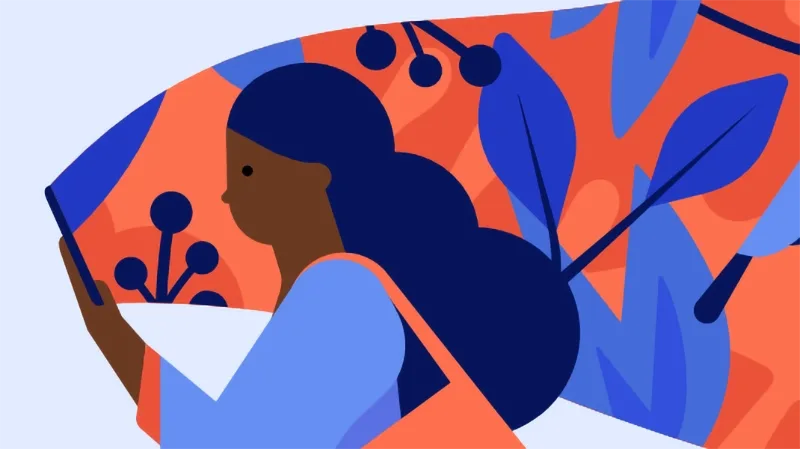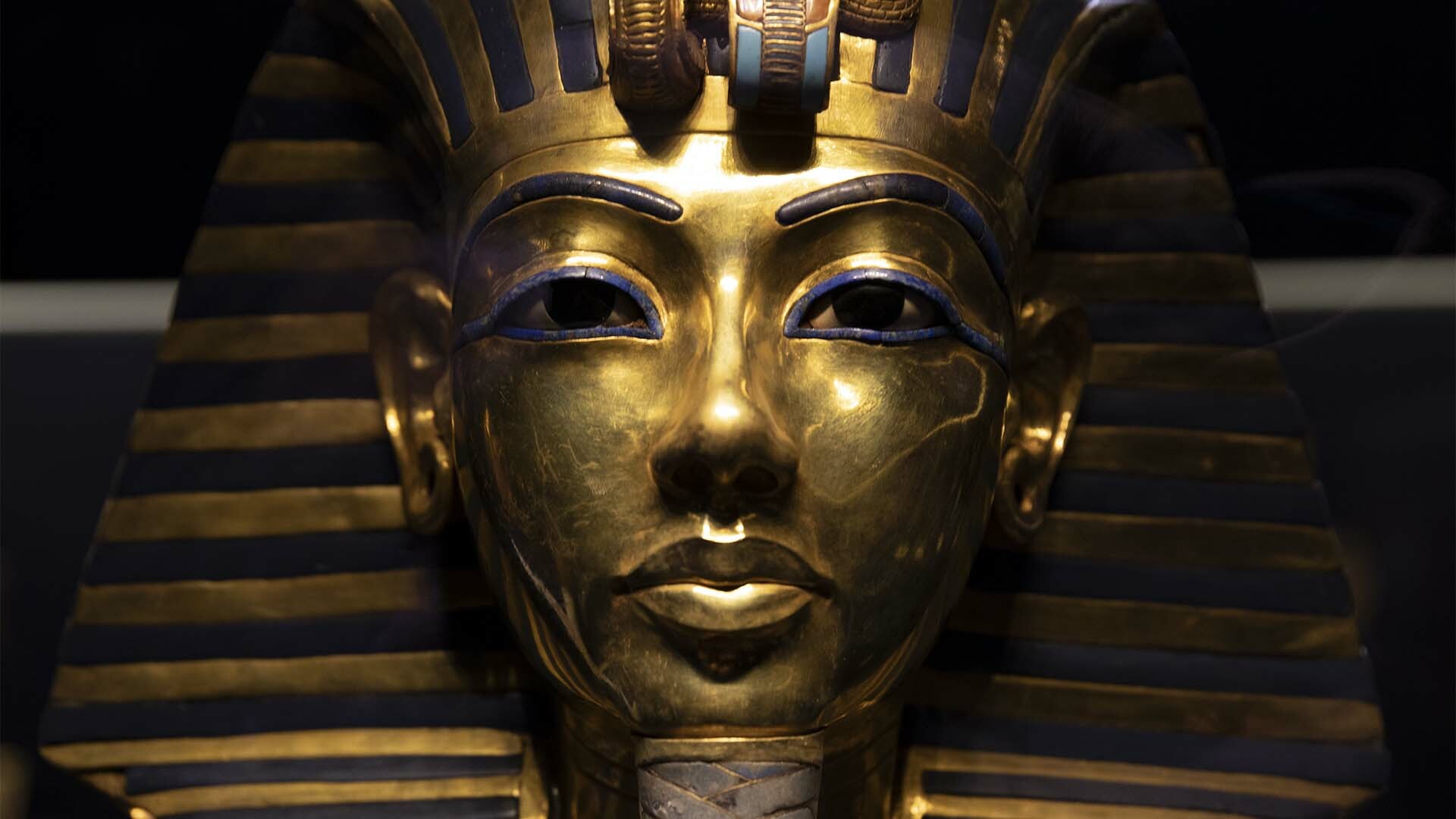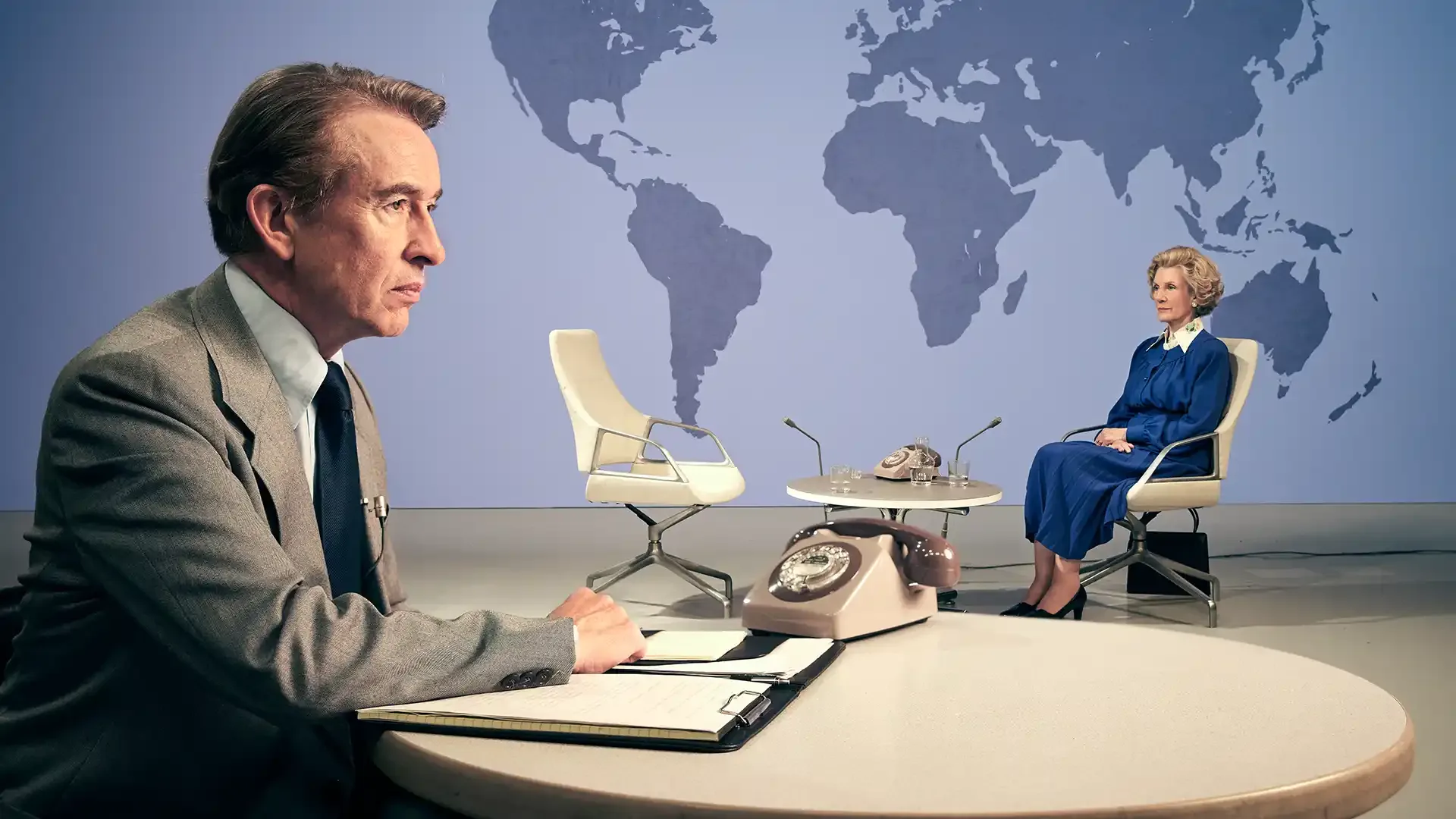
Important Italian Artists Featured in Renaissance: The Blood and the Beauty
Renaissance: The Blood and the Beauty premieres on PBS on July 8, 2025. The series is narrated by Sophie Okonedo, and features Charles Dance as Michelangelo, Jonny Glynn as Leonardo da Vinci and Joshua Duffy as Raphael.
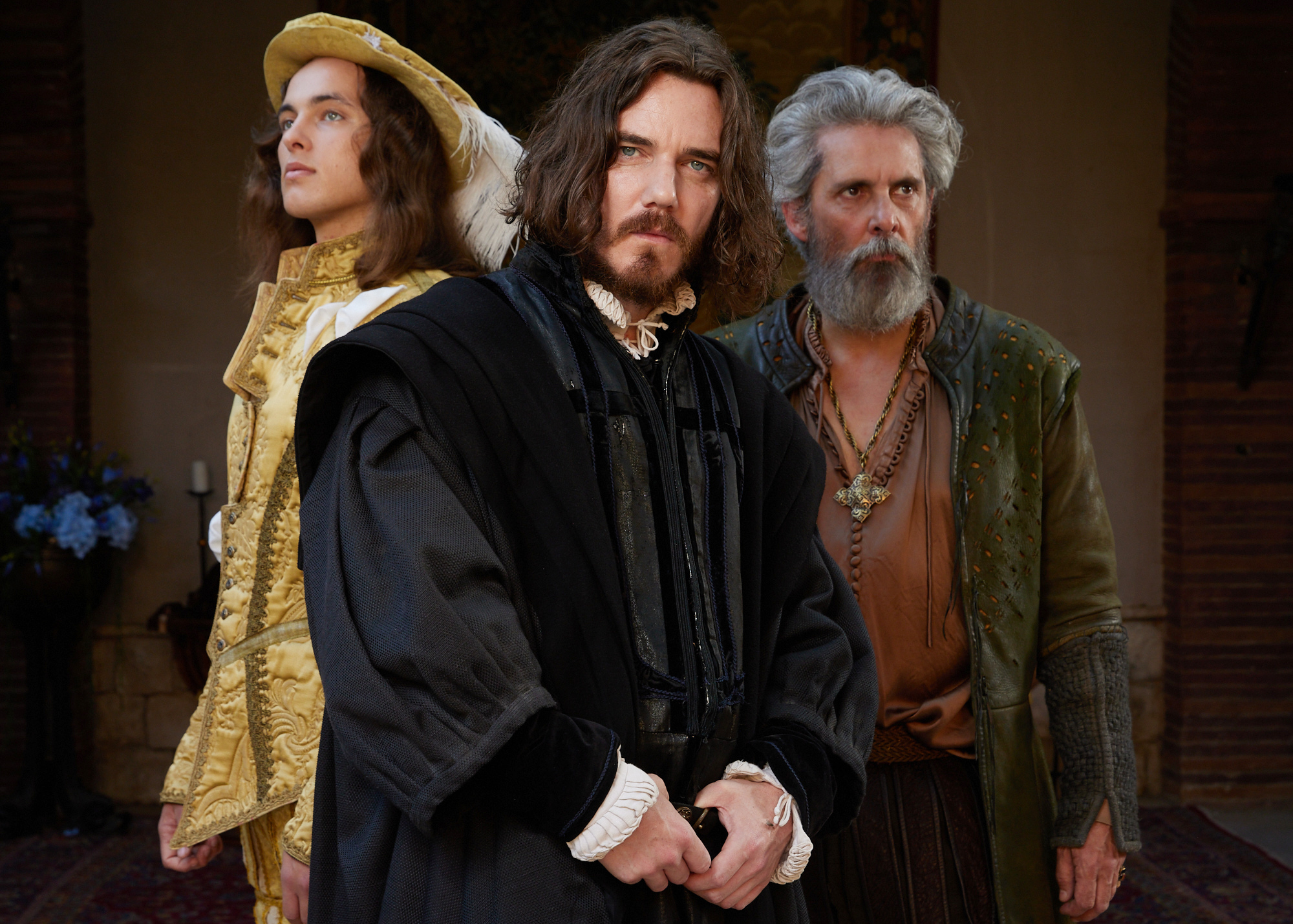
The Renaissance, a period in Europe lasting from the 14th to 17th century, marked a time of extraordinary growth in the arts, science and mathematics. During these years, the city of Florence emerged as a cultural, prosperous mecca. Wealthy individuals became patrons, who in turn paid writers, artists and philosophers to pursue their crafts freely.
The three-part documentary series, Renaissance: The Blood and the Beauty, explores the extraordinary lives and rivalries of three towering figures of the Italian Renaissance — Michelangelo, Leonardo da Vinci and Raphael — whose timeless masterpieces were forged amid brutal political power struggles, warfare and religious upheaval. Framed through the eyes of an aging Michelangelo, portrayed by Charles Dance, whose long life spanned this extraordinary period, the series traces more than 60 years, beginning with the Pazzi Conspiracy of 1478 and concluding with the unveiling of The Last Judgement in 1541.
Through stunning visuals, compelling storytelling and historical insight, the series reveals how these artists battled for favor, risked everything in service of their patrons and reshaped the world’s understanding of art and the artist.
Explore the artwork and legacies these artists below.
Episode Guide
Spoiler Alert: Click the dropdown to reveal each episode’s description.
Key Italian Renaissance Artists Featured in the Series
Read on below to discover the moments and creations that defined Michelangelo, Leonarda da Vinci and Raphael.
Michelangelo
Born Michele Agnolo di Lodovico Buonarroti in Florence on March 6, 1475, Michelangelo (played by Eddie Mann) is a Renaissance artist who leaves a lasting imprint in the fields of sculpture, painting and architecture.
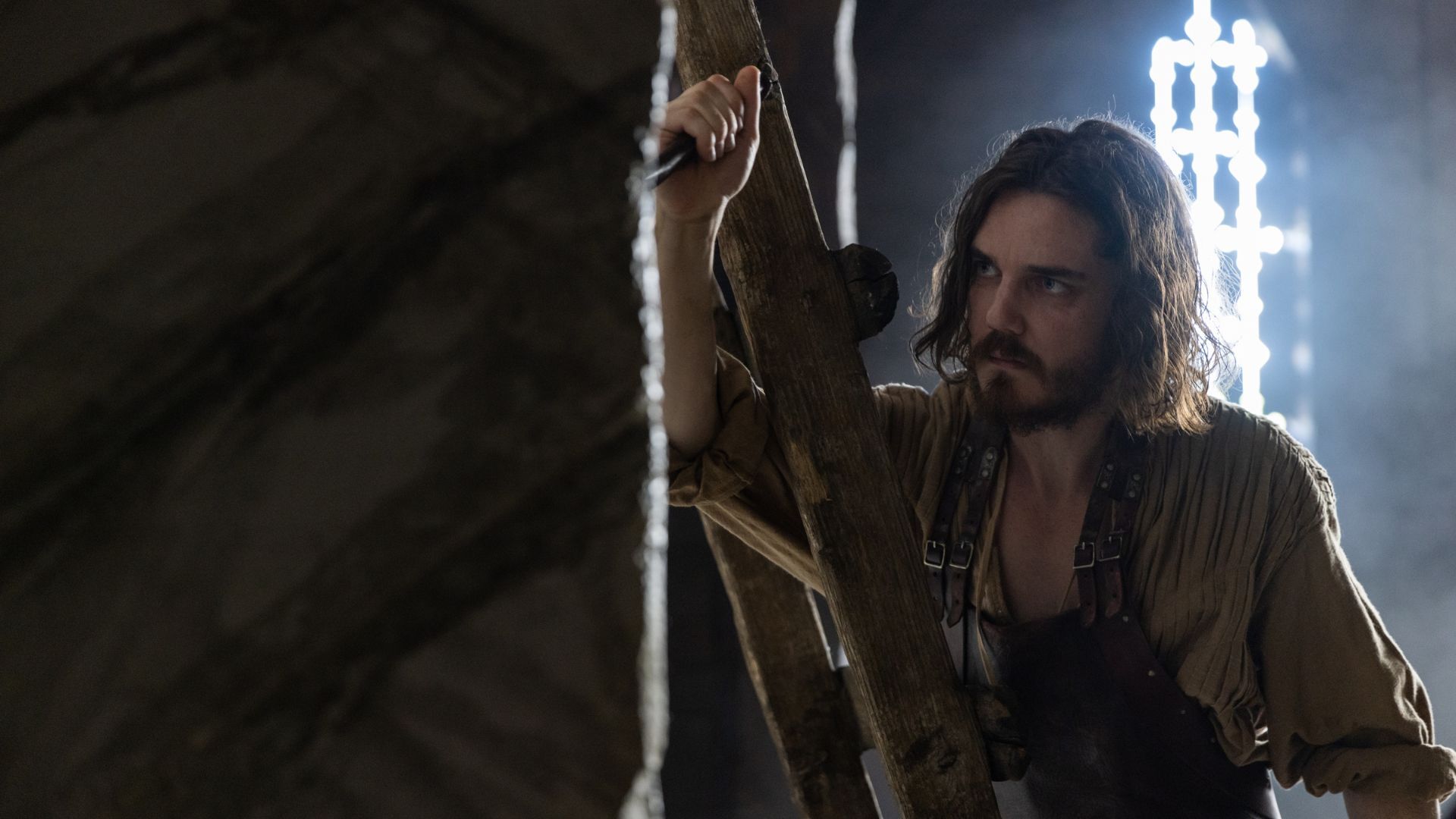
We meet Michelangelo in Renaissance: The Blood and the Beauty as he is training under the Renaissance painter Domenico Ghirlandaio, and he demonstrates a strong affinity for the arts. As depicted in Episode 1, the young teenager’s talent catches the eye of Florence’s most prominent patron, Lorenzo de' Medici, who invites Michelangelo to stay with him in his family’s palace. The new living arrangement offers Michelangelo an opportunity to interact with some of the greatest intellectuals and thinkers of the time — many of whom will ultimately influence his own work.
Viewers watch Michelangelo earn an early reputation for his competitive nature, a quality which makes it difficult for him to make friends. Nevertheless, his ambitious spirit helps fuel some of his best work, including his distinguished La Pietà (1499) sculpture in Rome. As a testament to his ambitious, ego-driven disposition, Michelangelo chisels, “This sculpture was created by Michelangelo of Florence” into the sash of La Pietà — an artistic move virtually unheard of at the time. Reportedly, he has heard someone claiming the sculpture as their own work.
Throughout the series, Florence undergoes sporadic periods of political turmoil, forcing Michelangelo and other artists to flee the city. In 1501, however, he finally returns, along with his greatest rival, Leonardo da Vinci. During this time, Michelangelo creates one of his masterpieces: the colossal 17-foot statue of David.
In addition to Michelangelo’s mastery of the human form in his sculptures, viewers see his lasting legacy endure with his frescoes painted on the ceilings of the Sistine Chapel. He continues to create art through his later years, passing away at the age of 88.
Michelangelo's Notable Works
- Battles of the Centaurs (1492)
- Bacchus (1496 - 1497)
- La Pieta(1490 - 1499)
- David (1501 - 1504)
- The Sistine Chapel Ceiling (1512)
- The Last Judgement (1541)
Leonardo da Vinci
Portrayed as Michelangelo’s arch-rival in the series, Leonardo da Vinci (played by Jonny Glynn) is a polymath who ignites artistic and scientific advancements during the height of the Italian Renaissance.
Born on April 15, 1452, in a town outside of Florence, Leonardo starts as an apprentice in the workshop of Andrea del Verrocchio, a talented sculptor, painter and goldsmith who has trained many of Florence’s most acclaimed artists.
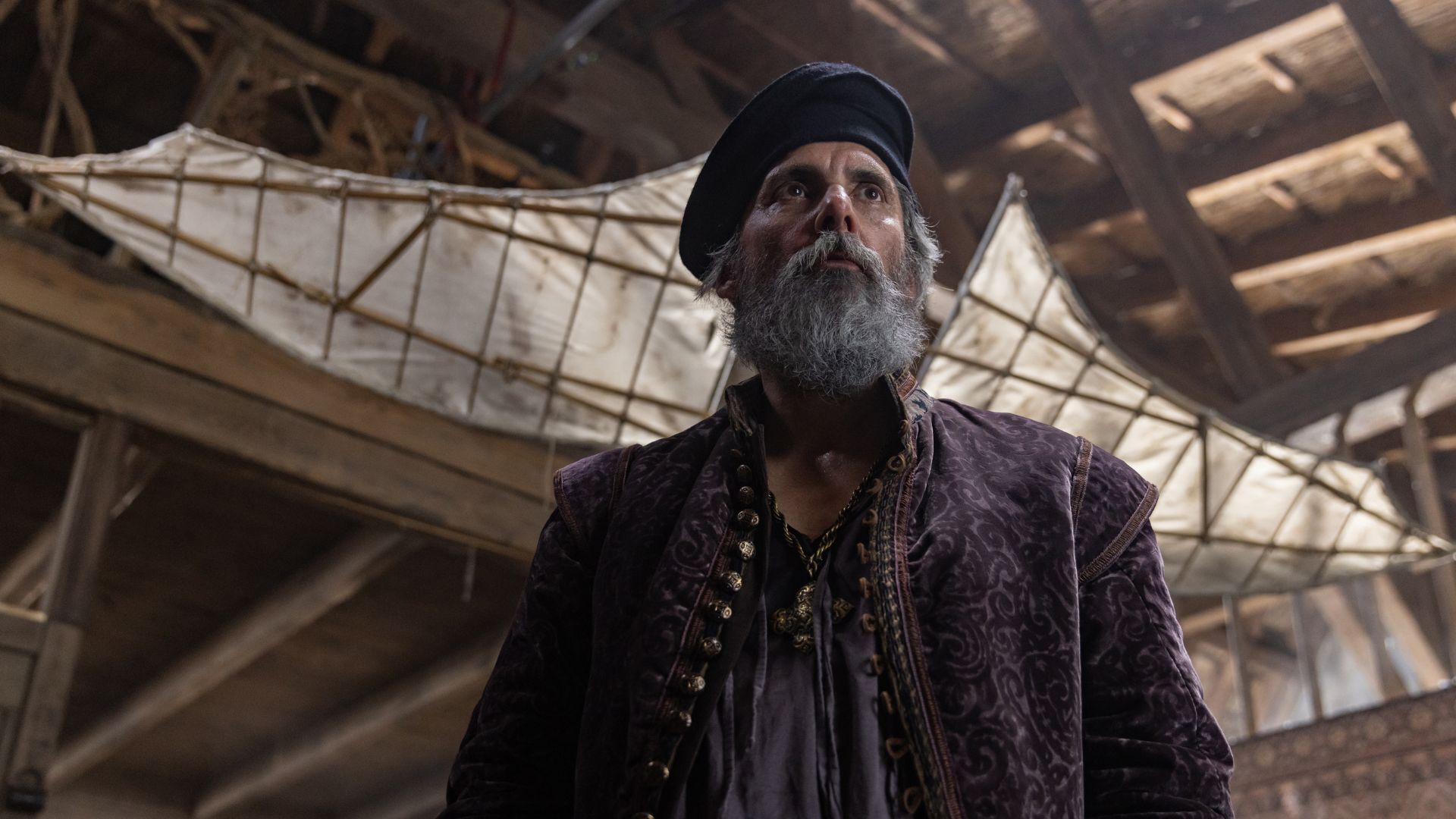
In Renaissance: The Blood and the Beauty, viewers see Leonardo join a painter’s guild in 1472, creating works like the Annunciation and the Adoration of the Magi, the latter of which Leonardo abandons before completing.
Then, in 1482, he packs his bags and leaves for Milan, where he offers his services to Duke Ludovico Sforza. It is under Sforza’s reign that Leonardo produces some of his greatest artistic contributions, including Lady With An Ermine and The Last Supper.
However, by 1500, viewers watch France seize control over Milan, leading Leonardo and many of his contemporaries to look for refuge elsewhere. Upon his return to Florence, Leonardo becomes close to a new patron, Cesare Borgia — a military leader and the illegitimate son of Pope Alexander VI. Impressed by Leonardo’s undeniable skills, Borgia hires Leonardo as his chief military engineer and architect.
Finally, Renaissance: The Blood and the Beauty introduces Leonardo’s most noteworthy legacy, his magnum opus — the Mona Lisa. Beginning his painting in 1503 and working on it until 1517, the Mona Lisa is the culmination of a lifetime spent observing nature and humanity.
Leonardo dies at the age of 67.
Leonardo da Vinci's Notable Works
- Lady With An Ermine (1491)
- The Last Supper (1495 - 1498)
- Burlington House Cartoon (1501 - 1503)
- Mona Lisa (1503 - 1517)
Discover more of Leonardo’s life and legacy in this timeline and in the film Leonardo da Vinci from acclaimed filmmakers Ken Burns, Sarah Burns and David McMahon.

The PBS 'What to Watch' Weekly Newsletter
What to Watch delivers the best shows and content PBS has to offer each week.
Raphael
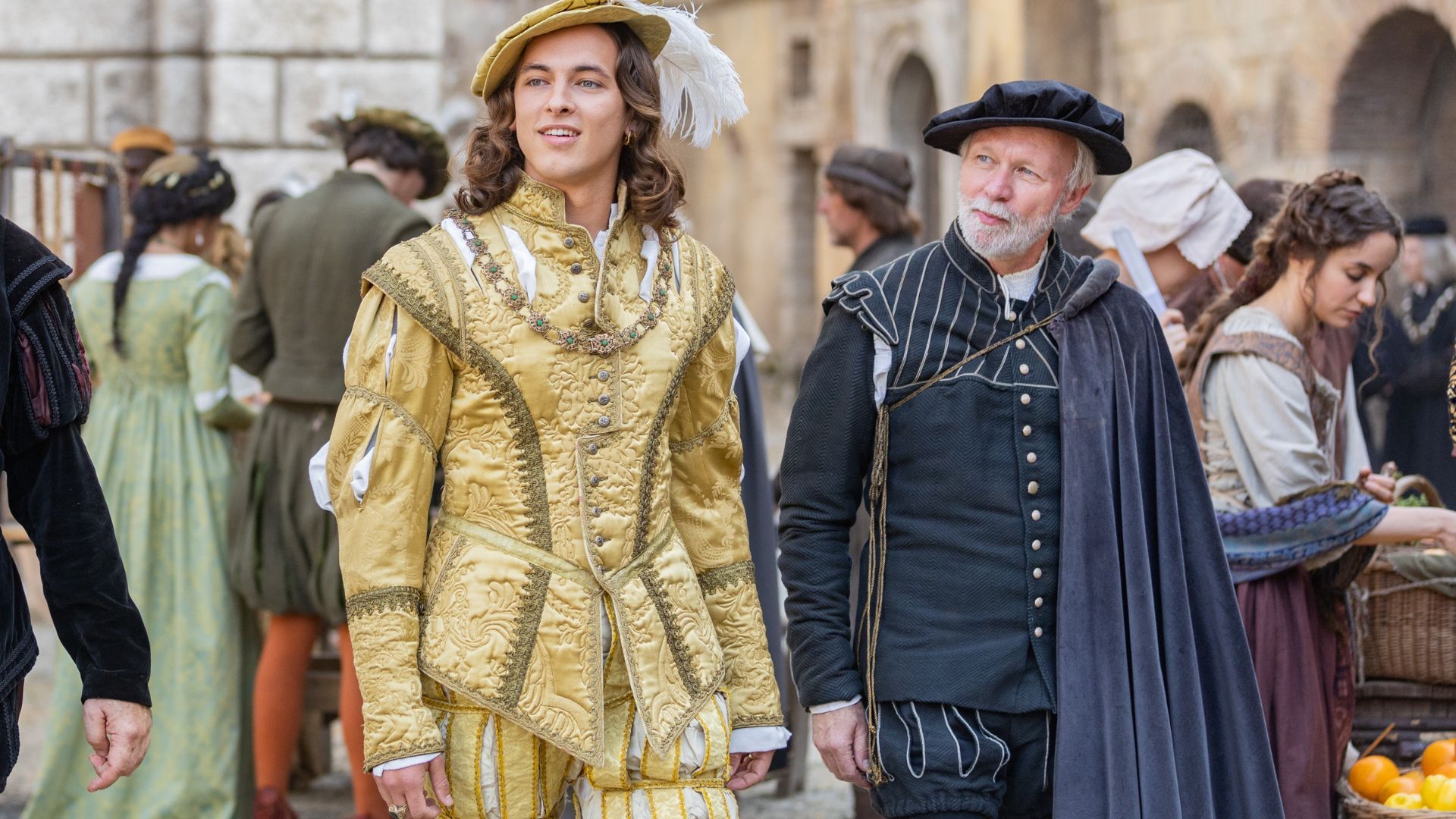
Last but not least, Renaissance: The Blood and the Beauty presents the young and ambitious Raphael as he enters the Florentine stage in the early 16th century, eager to prove his artistic capabilities. Born Raffaelo Sanzio and from the Italian town of Urbino, Raphael (played by Joshua Duffy) grows up immersed in the world of arts and culture, thanks in part to his own father, Giovanni Santi, who is also a painter.
Viewers watch Raphael arrive in Rome in 1508, a period that welcomes some of his most revered work. Pope Julius II, having taken an interest in the young artist, commissions Raphael to decorate the Vatican’s four papal apartments. Raphael’s frescoes, specifically The School of Athens, garner acclaim, and shortly afterward, Julius assigns his next project: a portrait of the Pope.
Unfortunately, Raphael’s life is cut short at the tragic young age of 37. Despite the short amount of time he is alive, he manages to produce some of the most uncompromising, impressive works of the Renaissance — and was part of an epic artistic showdown.
Raphael's Notable Works
- Disputation of the Holy Sacrament (1509 - 1510)
- The School of Athens (1510 - 1511)
- Pope Julius II (1511)
- Sister Chapel Tapestries (1515)
Other Notable Italian Renaissance Artists
While Michelangelo, Leonardo and Raphael are largely regarded as the most influential artists from the Renaissance, many other iconic individuals — Titian, Botticelli and Donatello to name a few — left a lasting mark on this period.
Read more about their lives here:
- Titian (1485 - 1576) was an artist who created colorful paintings like the Venus of Urbino and the Assumption of the Virgin. Want to see how Titian compares to the masters in Renaissance: The Blood and The Beauty? Check out this interactive view of his masterpiece: Bacchus and Ariadne.
- Sandro Botticelli (1445 - 1510), a painter, was well-known for the Birth of Venus and Primavera.
- Donatello (1386 - 1466) was a sculptor who was famously one of the first artists of the Renaissance to create statues depicting nudity, such as his remarkable bronze David.
- Andrea del Verrocchio (1435 - 1488), a sculptor and painter known for his works like The Baptism of Christ, was also the teacher to Leonardo da Vinci.
- Domenico Ghirlandaio (1448 - 1494) was a painter and mosaist who, with his two brothers, ran an acclaimed workshop focused on fresco paintings. Notably, one of Domenico’s students was Michelangelo.
- Filippo Brunelleschi (1377 - 1446) is best known as a founding father of Renaissance architecture who created the Duomo dome in Florence.
You may not have a chance to meet these iconic artists in Renaissance: The Blood and The Beauty – Leonardo, Michelangelo and Raphael bring enough drama for one series! – and they have a little help from their “friends.”
Key Figures of the Renaissance
The Renaissance was a period when the Catholic Church and business leaders held huge sway over the political landscape. Let’s take a look at some of the major players featured in Renaissance: The Blood and The Beauty who left their mark on history.
Girolamo Savonarola
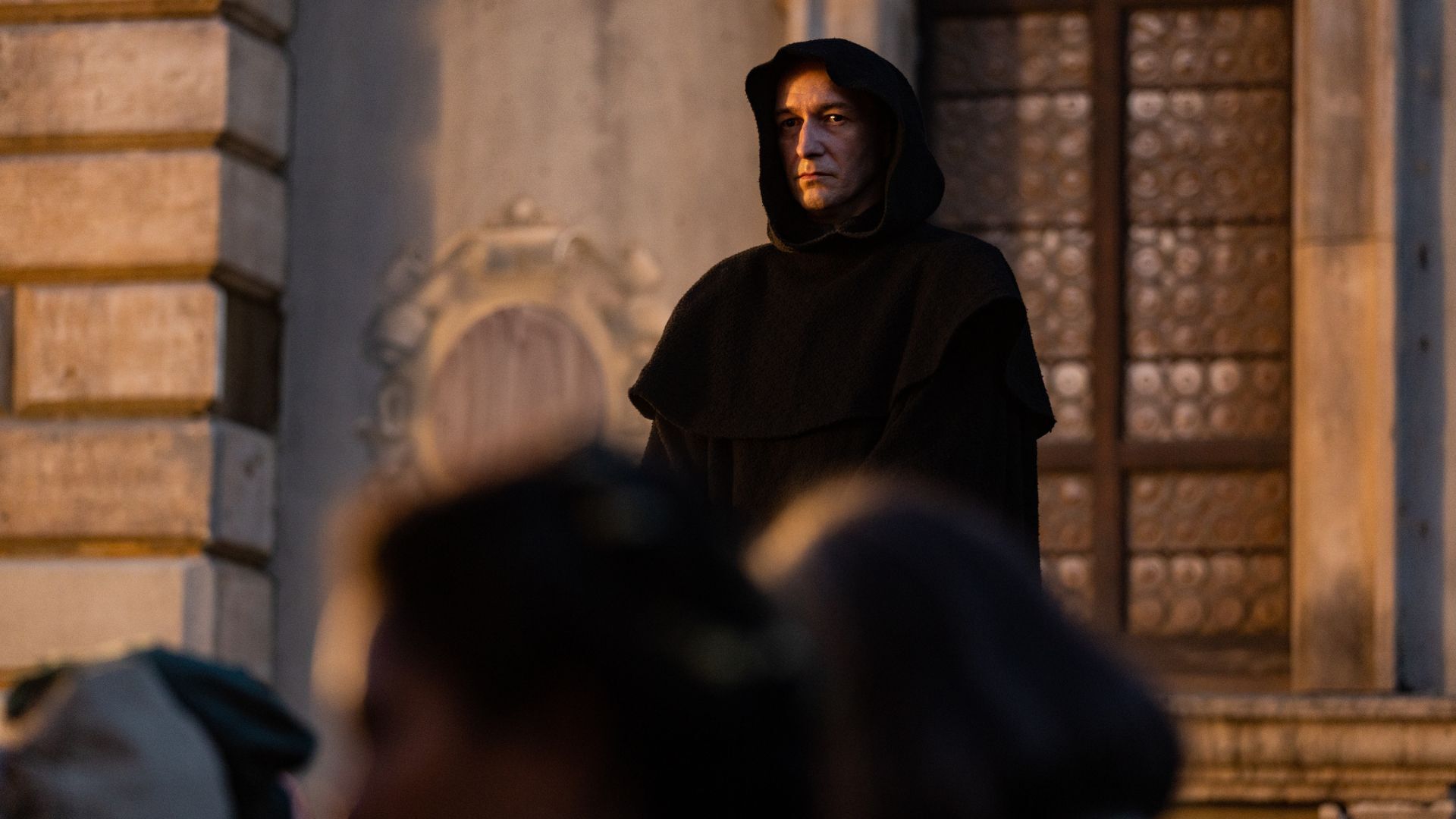
In 1494, the de’ Medici family is forced to flee Florence following the French invasion of Italy. Episode 1 introduces Girolamo Savonarola, a Dominican friar and religious zealot, who seizes upon the city’s unrest to propagate his extremist, theological convictions. Savonarola is determined to purify Florence of the “extravagance” that the Renaissance has produced, taking direct aim at artwork commissioned by the Medicis and other patrons.
On February 7, 1497, Savonarola and his followers participate in the first of many of his infamous “bonfire of the vanities” – a public gathering at the Piazza della Signoria where artwork, books, and any objects deemed as vanities are piled up and set ablaze.
However, in 1498, Savonarola meets his demise. Having incurred a fierce dislike from Pope Alexander VI and other members of the Catholic Church, Savonarola is excommunicated in 1497 and eventually charged with heresy and sedition. On May 23, 1498, Savonarola is hanged and burned in the Piazza della Signoria.
Lorenzo de' Medici
A prominent and consequential figure, Lorenzo de’ Medici (nicknamed “Lorenzo the Magnificent”) helps transform Florence into an artistic hub during the height of the Italian Renaissance. Known for his role in supporting artists – Michelangelo, da Vinci and Botticelli – Lorenzo’s generous reputation attracts talented individuals all across Europe.
As Renaissance: The Blood and the Beauty highlights, the de’ Medici family are the de facto rulers of Florence, thanks in part to their financial affluence. Lorenzo plays a significant role in devising alliances with other city-states, such as Milan and Naples, and through his efforts, brings economic and political stability to the Florentine Republic.
Pope Julius II
In 1503, Rome ushers in a new ruler to the papacy: Pope Julius II. Taking his name from Julius Caesar, Pope Julius II is steadfast in exerting his power across Europe, specifically through military campaigns.
Separate from his aggressive military policy, however, viewers learn that Julius is deeply invested in the arts. He admires the works of Michelangelo, and at the beginning of the sixteenth century, requests the revered artist to create a mausoleum in his honor. While their relationship is marked with strife, Michelangelo accomplishes some of his most daring works underneath Julius’ patronage, including his frescoes in the Sistine Chapel.
As depicted in Episode 3 of the series, Pope Julius also takes an interest in the promising Raphael. In 1508, the Pope commissions the young Italian to decorate the Vatican’s four papal apartments. Later, in 1511, Raphael presents Julius’ portrait – a piece that illustrates the aging religious leader as a mournful, thoughtful man. However, only a few months later, Pope Julius succumbs to a fever and dies on February 21, 1513.
Ludovico Sforza
Born July 27, 1452, Ludovico Sforza is a cunning aristocrat who elevates himself to the position of Duke of Milan after the passing of his nephew.
As shown in the series, Sforza rules as duke from 1494 - 1499, and during his time in power, enforces a proactive military campaign across Europe. Outside of his political and military ambitions, Sforza cultivates a sophisticated court that lauds engineers, poets, doctors, artists and mathematicians.
Viewers discover that Sforza maintains a close relationship with Leonardo da Vinci who assists the duke in engineering projects in addition to his pieces of art. One of da Vinci’s famous commissioned projects is Lady with an Ermine, a painting of Duke Sforza’s mistress.
Niccolo Machiavelli
Niccolò Machiavelli is a Florentine diplomat, philosopher and political scientist known for his influential text The Prince, a book that interrogates the subject of political power.
During his time serving as a high-ranking official from 1498 - 1512, Machiavelli understands the need to create civic art to bolster the morale of the republic.
Pope Leo X
Pope Leo X, a son of Lorenzo de’ Medici family, succeeds Pope Julius in 1513. We discover that, similar to his predecessor, Leo is a strong patron of the arts who invests a significant amount of money in commissioned projects, such as Raphael’s full-scale tapestries in the Sistine Chapel.
However, the Pope’s propensity for overspending eventually catches a wave of scrutiny. In 1510, Martin Luther, a young monk and priest at the time, pays a visit to Rome – only to discover the extent of the Catholic Church’s corruption and extravagant leanings. Appalled, Luther later goes on to write his “95 Theses,” a publication that directly criticizes the Catholic Church’s sale of indulgences.
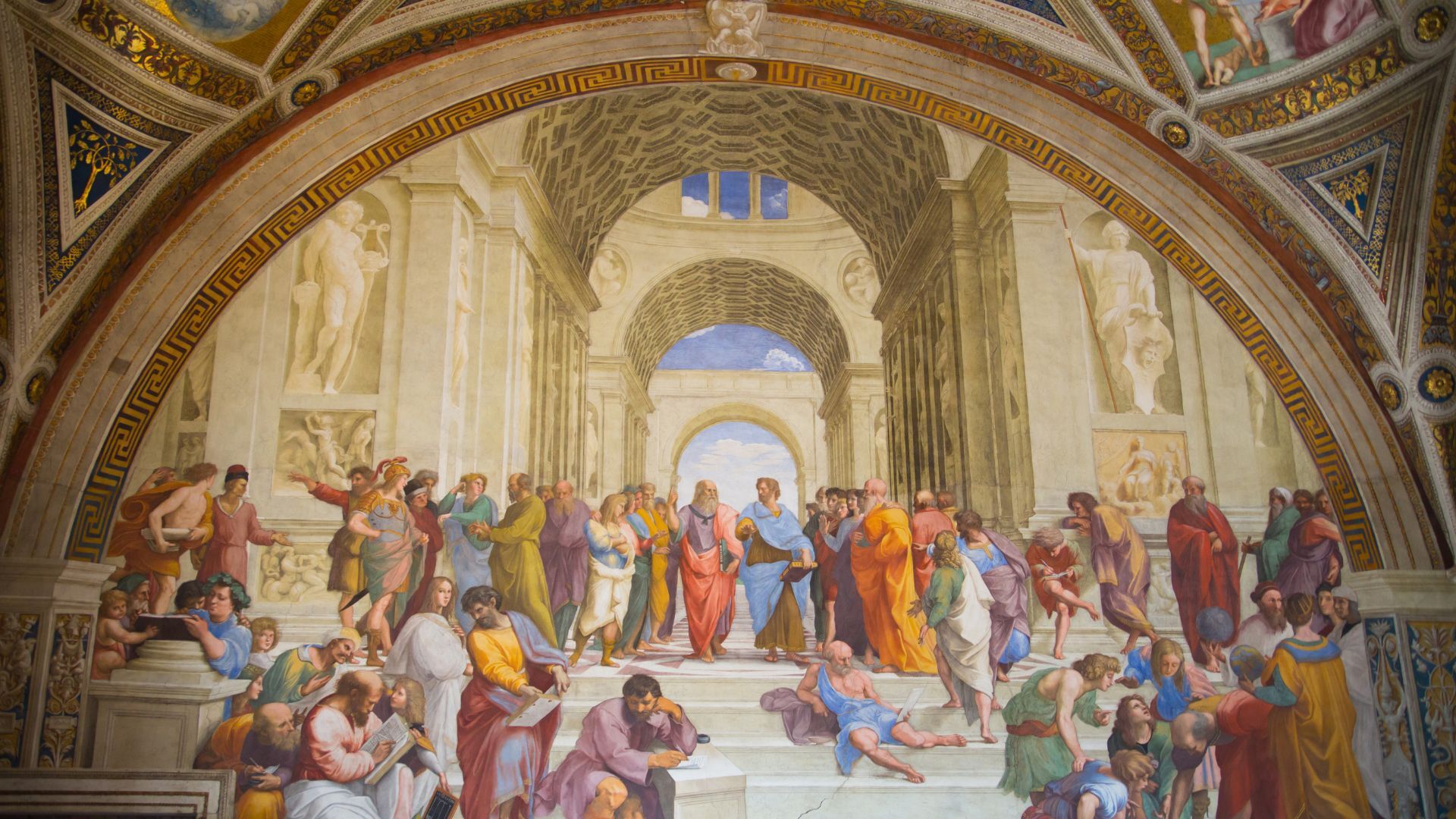
Despite Leo excommunicating Martin Luther, the Pope’s legacy is forever entangled with the Protestant Reformation. Leo’s life is cut short in 1521 after falling ill with pneumonia at the age of 45.
Discover more in Renaissance: The Blood and the Beauty.

